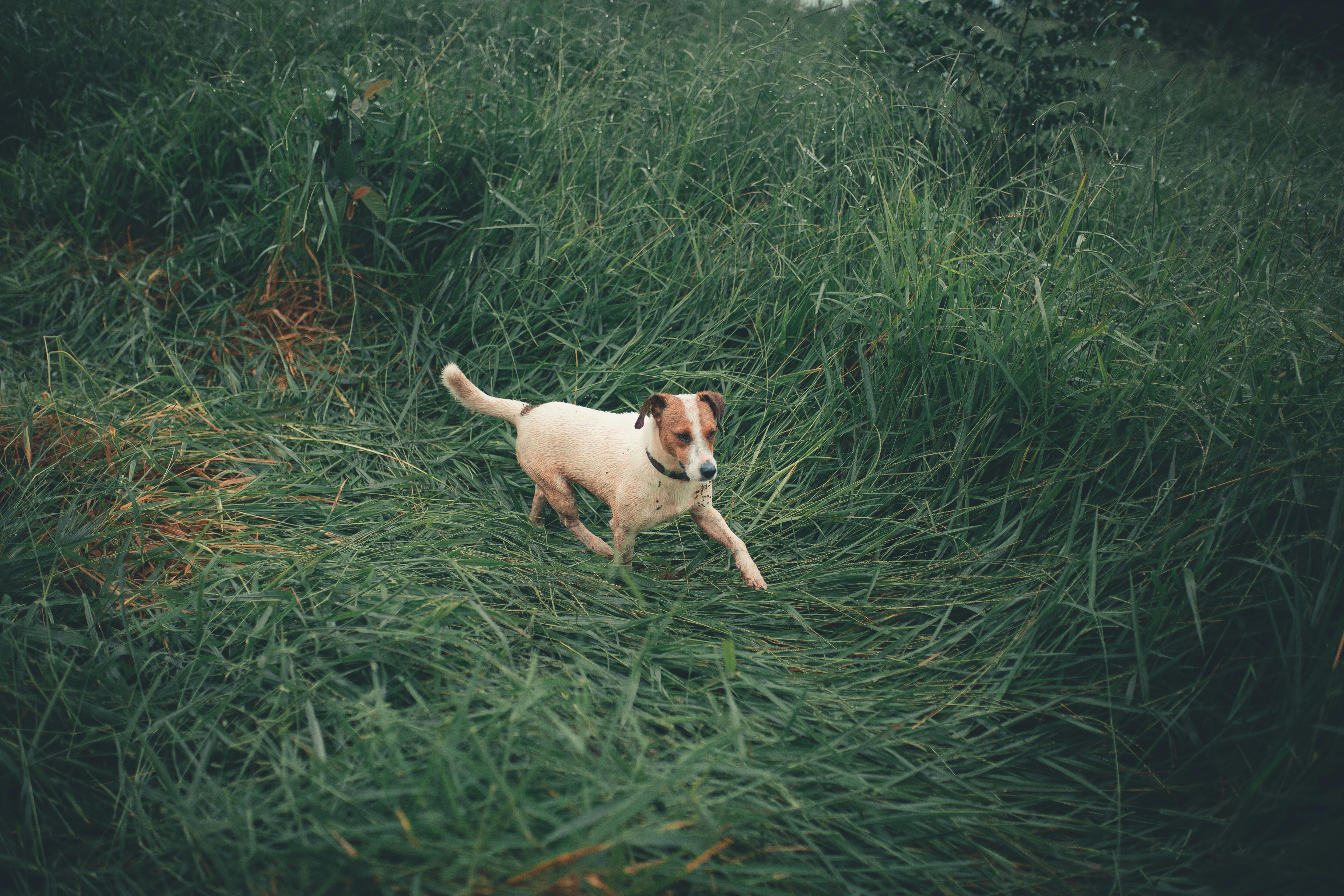
Information about Dachshund dogs and puppies
The Dachshund is good with older children, as long as they have been socialized with them. It may not do well with cats and other pets, as it was originally bred to hunt. It likes to be indoors and does not like harsh climates. You need to exercise regularly to avoid gaining weight, as this can be hard on your back. It is a popular dog and it is generally believed that the long-haired variety may be better with children. As a reminder, never leave a young child unsupervised with a puppy or dog.
Approximate adult size
There are actually three sizes of Dachshunds, the normal, the miniature, and the toy. The approximate adult size (two years or older) of the normal Dachshund is 14 to 18 inches at the withers (highest point of the shoulder) and around 20 pounds. The Miniature Dachshund stands around 14 inches at the withers and weighs 9 pounds. The Toy Dachshund is about 12 inches at the withers and weighs 8 pounds.
Special Health Considerations
Most dog breeds have certain inherited health problems associated with that specific breed, and the Dachshund is no exception. Watch for skin problems, genetic eye diseases, heart disease, Dachshund paralysis (spinal disc problems), diabetes, and urinary tract problems. Also, as a precaution, the length of their body prevents them from jumping from heights to protect their backs, just as it allows them to be overweight. This list of diseases is only an informative guide. Other diseases can also be significant threats, contact your vet for a complete list.
You should visit the vet several times during the first year for vaccinations, boosters, and checkups. Then, as an adult, he should visit the vet annually for vaccinations and checkups. As he gets older, starting at age six, he should visit the vet twice a year for checkups and vaccinations. Remember; Avoid giving your dog sweets.
Cleanliness
The Dachshund has two varieties of coat, smooth and rough. The smooth variety has a short, shiny coat that is not too long. The rough-coated or long-haired variety has a glossy, sleek, slightly wavy coat. The long-haired version needs almost daily grooming, but the short-haired version needs weekly grooming. Brushing will help her maintain a clean and healthy coat and will help you keep a closer eye on her health and strengthen your emotional bond with her.
Their teeth should be brushed at least twice a week with toothpaste and a toothbrush designed for dogs. Brushing removes plaque and tartar buildup that can cause cavities (rarely) and periodontal disease. Dog periodontal disease can lead to pain, tooth loss, bad breath, and other serious illnesses.
Toenails may need to be checked for growth and trimmed regularly. The toenails on the back grow more slowly than the toenails on the front. In general, a guillotine-style trimmer is best for this task, and competent instructions for accomplishing this can be found online.
Life expectancy
The Dachshund can live for 12-14 years with proper nutrition, medical care, and excellent living conditions.
History
The Dachshund comes from Germany. Its history dates back to the 16th century. They were bred from hunting dogs to hunt rabbits and badgers and other small game. They were first registered by the American Kennel Association in 1885. Dachs is German for Badger.
some records
- dachshund breed club
- UKC United Kennel Club
- NKC National Kennel Club
- CKC Continental Kennel Club
- APRI Americas Pet Registry Inc.
- AKC American Kennel Club
- FCI International Cynological Federation
- NZKC Kennel Club of New Zealand
- KCGB Kennel Club of Great Britain
- ANKC Australian National Kennel Club
- ACR American Canine Registry
litter size
3 to 4 dachshund puppies
Category
Hound.
Terms to describe
Brave, lively, smart, proud, tenacious, clown, cheerful, funny, merry
SPECIAL GOOD POINTS
- Good watchdog.
- High intelligence.
- He likes to play.
- Low dog odor.
SPECIAL BAD POINTS
- Poor watchdog.
- It can be a loud barker.
- It can be difficult to train.
- I like to dig.
Other names known for
Dachshund
Each dog is an individual, so not everything in this information may be correct for your dog. This information is only a good faith guide.